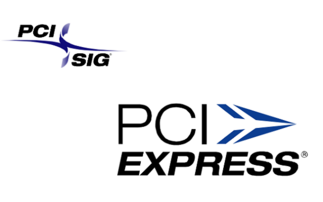Printing on both sides of paper across 9,500 checkouts will cut the firm's carbon footprint by more than 280 tonnes
Some 9,500 Sainsbury's tills will use the double-sided printers Sainsbury’s has reduced its energy use at checkouts by 35 to 50 per cent and cut paper use by 40 per cent by printing till receipts...
To continue reading this article...
Join Computing
- Unlimited access to real-time news, analysis and opinion from the technology industry
- Receive important and breaking news in our daily newsletter
- Be the first to hear about our events and awards programmes
- Join live member only interviews with IT leaders at the ‘IT Lounge’; your chance to ask your burning tech questions and have them answered
- Access to the Computing Delta hub providing market intelligence and research
- Receive our members-only newsletter with exclusive opinion pieces from senior IT Leaders



















